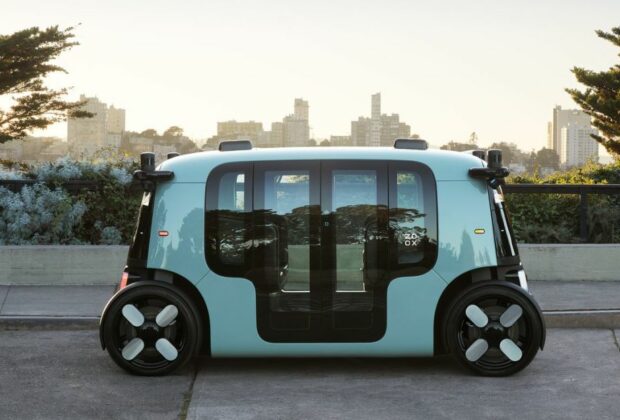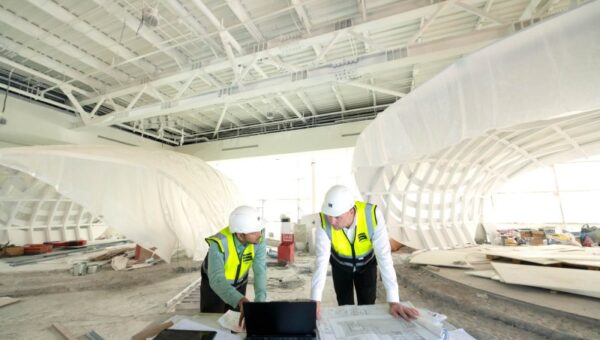An electric, self-driving robotaxi that Zoox, a subsidiary of Amazon, built from the ground up, was unveiled more than two years ago. The cube-like vehicle, which does not have a steering wheel and is packed with sensors, is now beginning to roll out on a few public roads in northern California.
Following the company’s receipt of a permit from the California Department of Motor Vehicles, the state agency in charge of regulating autonomous vehicles, a single Zoox robotaxi made its first public road launch over the weekend. According to Zoox, the vehicle has also passed a Federal Motor Vehicle Safety Standards self-certification.
The launch of Zoox on public roads has a limited scope; Nevertheless, it does represent a further milestone for a company that quietly began operations eight years ago with the ambitious goal of developing and operating a commercial robotaxi service using its own custom-built vehicle. Since last year, the company has been putting its custom robotaxi vehicles through their paces on “semi-private courses” in California. The vehicle carried passengers for the first time on public roads this weekend.
Robotaxis will initially only be available to Zoox employees and operate as a shuttle service on a roughly two-mile loop between the company’s Foster City, California, two main buildings.
That doesn’t work as well as it seems. During a press conference, CEO Aicha Evans stated, “It’s a very complicated route.” She mentioned that the route will include right-and-left turns, several traffic lights, pedestrians, bicyclists, and the robotaxi’s ability to navigate a parking lot and make bi-directional turns.
In the spring, the employee shuttle service will begin. Zoox withheld information regarding the shuttle fleet’s size. Jesse Levinson, co-founder and chief technology officer of Zoox, stated that the company has constructed dozens, if not hundreds, of robotaxis and intends to add additional vehicles to its permit with the DMW in the upcoming days.
Due to the absence of traditional driving controls like pedals or a steering wheel, it was anticipated that Zoox robotaxis would require an exemption from the FMVSS. Another delivery-focused AV company, Nuro, received an exemption for its low-speed R2 vehicle in early 2020.
However, Zoox has maintained for months that an exemption is not required because the vehicle complies with FMVSS performance requirements.
The time frame for when the company’s employee service might include more roads or members of the public was not disclosed.
“You can assume that at some point after the spring we’ll be able to put other folks in the vehicle, but we don’t have a specific date,” Levinson said. We will need additional permits to put non Zoox employees in our vehicles on public roads.”
On public roads in San Francisco, Las Vegas, Foster City, California (near its headquarters), and Seattle, Zoox is currently testing self-driving Toyota Highlander vehicles.




